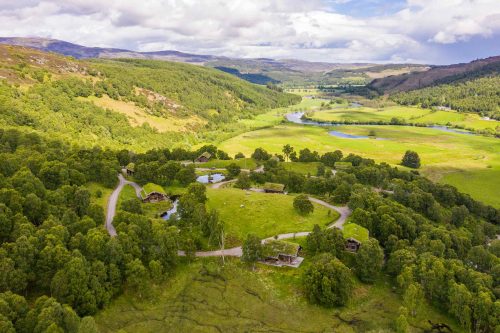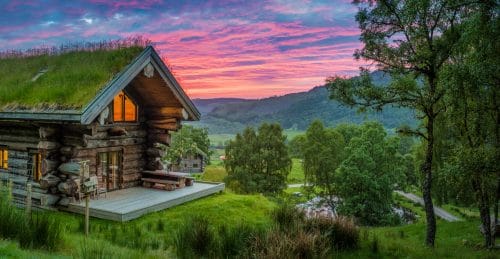What is foraging?
Foraging has become increasingly popular over the years but, what is it? Most of us have foraged before. Do you remember going blackberry picking in the hedgerows as a child? Well, that’s a form of foraging. Cheap, eco-friendly, and a great way of adding something different to your kitchen repertoire. Here at Eagle Brae, we love foraging. From elderflower in July to fungi in September. Read on to find out more about foraging and how to do it…
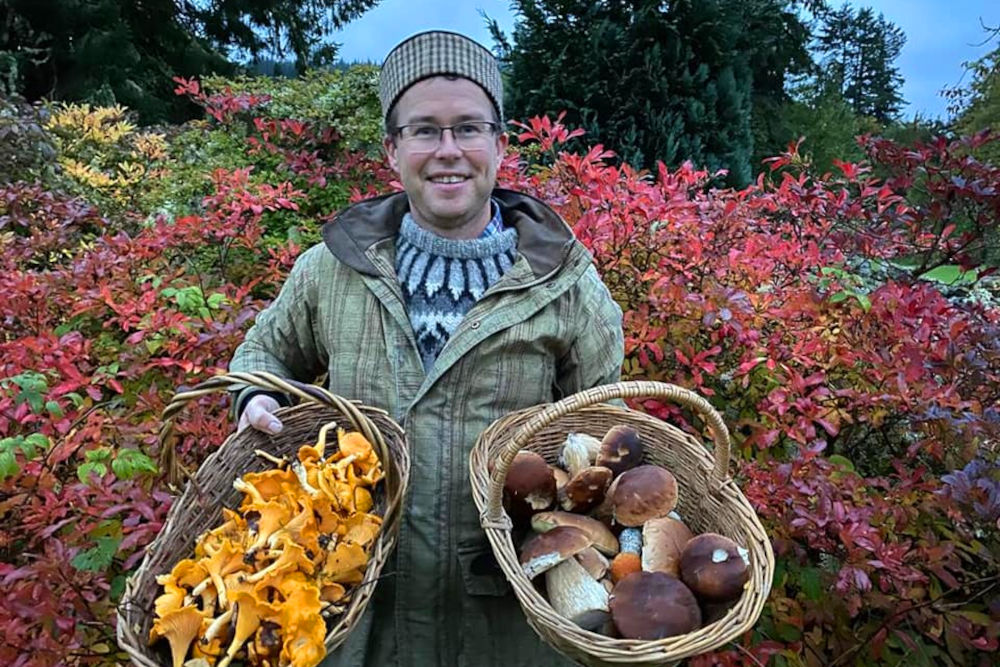
Is foraging legal?
The simple answer is yes. You can forage anywhere on public land. Private land is a different matter – you would need the permission of the landowner. That said, some landowners are more than happy for foragers to visit, if they act responsibly (more about that in a bit).
There is land that is owned by various trusts like the Woodland Trust. Some are happy for you to forage on their land but, some areas may be restricted for foraging, so it is always better to check before heading out with your basket on your arm. A quick Google of the area you want to head to should give you the info you need.
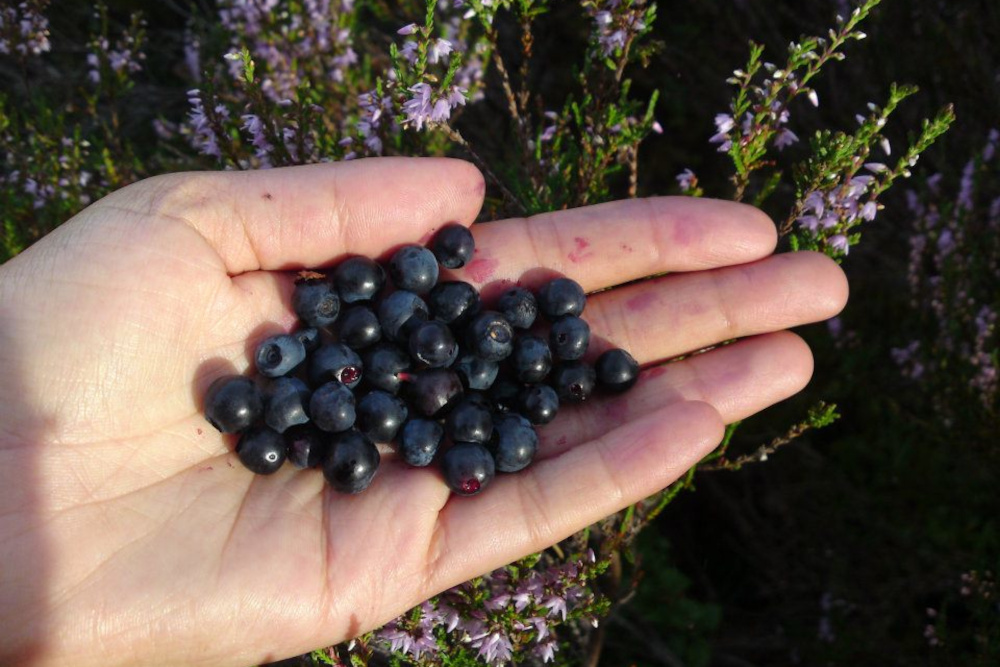
Dos and don’ts – Responsible foraging
The most important thing to remember is that eating anything you’re not 100% sure of is foolhardy. There are lots of online guides and books that you can buy to help you identify what you are looking at.
Be careful about what you are harvesting
What you have found may look like the plant you were looking for but, it could be deadly. Buying an identification guide is a good idea. And make sure you don’t just tuck into a whole bowl of what you have just foraged. Even if you are sure that what you have found is edible, always tying a small bit first to be on the safe side.
Be careful of the environment
If what you have found is just at the right height for dogs who frequent the area you are in, it may be an idea to try something a little higher! And if you’re alongside a busy road, think about the exhaust fumes etc that will have permeated the plants and the ground they grow in.
Leave some behind
Regardless of whether the area you are foraging in is plentiful or only has a few plants in it, don’t take more than you need and make sure you leave some behind so the plant can continue to grow. For fungi, only take mushrooms that have opened their caps (so are likely to have dropped their spores). Do not collect small ‘button’ mushrooms.
Minimise the damage
Make sure you are respectful of the area you are foraging in. Leave it as you found it, minus what you have picked. Don’t leave rubbish behind.
Collect from plentiful supplies
If you find something that you want to forage, try to make sure it is abundantly available in that area. And make sure you are not picking rare species. If you are, only take some.
Do not dig up any plants
It is illegal to dig up or remove any plants from where they are growing without permission. But you should also leave plants in place for other foragers to harvest from.
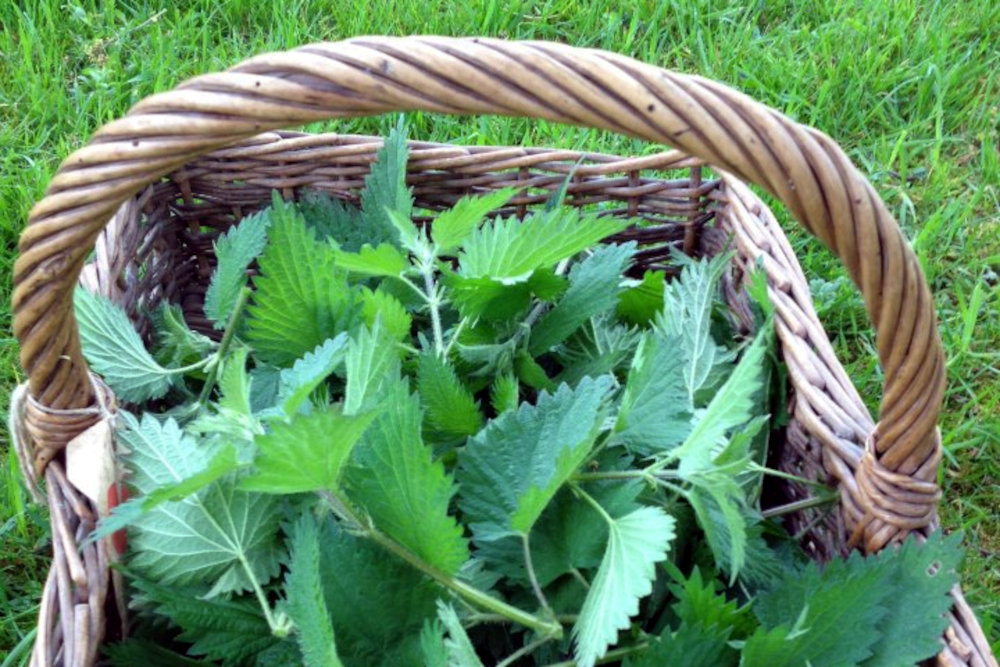
Where to forage
Starting in your own area is a great way to go. Local parks, forests, and hedgerows are likely to have various edible plants – blackberries, elderflowers, nettles etc.
Then start looking further afield, maybe with some expert guidance. There is a plethora of stuff to forage for in forests, fields, riverbanks, and streams. You’ll find delicious fungi, herbs, berries, nuts and more.
Suggestions to go foraging for
What you can find when foraging is seasonal. There are a few guides available to help you work out what should be available, depending on the month and season you are in. Here are some popular suggestions with a bit about them and when you may be able to find them.
Chicken of the woods – spring
The Chicken of the Woods fungi is pretty easy to spot. It’s bright yellow and grows high up on deciduous trees like oak trees. It gets its name from the fact that the texture of its flesh is similar to that of cooked chicken.
Beech nuts – autumn
These nuts are produced by the Beech tree during the autumn. They are tasty and very nutritious. The nuts are nestled in a spiky pod that opens when the nuts are ripe. They should be cooked before you eat them as they contain a toxin that can cause tummy issues when raw. These little nuts are great for pesto, stuffing and, if you roast them, are a tasty little snack on their own.
Nettles – spring
The best time to pick nettles is in the spring when the leaves are young and pale green. The tops are the best part but make sure you have a pair of gloves with you – you don’t want your hands to get stung. Once the leaves are cooked, they lose the sting. Try our Highland nettle soup recipe.
Blackberries – autumn
Blackberries are a great fruit to forage for and they freeze well. They are easily identifiable and are abundant in most places. As mentioned previously, picking blackberries alongside a busy road or in an industrial area is not great because of the toxins that will be in the ground and the plant. Check out Good Food’s guide to picking and cooking blackberries.
Elderflower – late spring / early summer
The frothy white flower makes a wonderful cordial and is a delicious addition to a glass of fizz. Here at Eagle Brae, guests will find a bottle of Elderflower cordial in their welcome hamper, home-foraged and made by us. When you are gathering these flowers, make sure you have a sharp pair of scissors with you. Shake them gently to remove any insects and then rinse them in cold water. The berries are also worth gathering – these are available from August and make a delicious wine. If you like the idea of making your own cordial, take a look at our recipe.
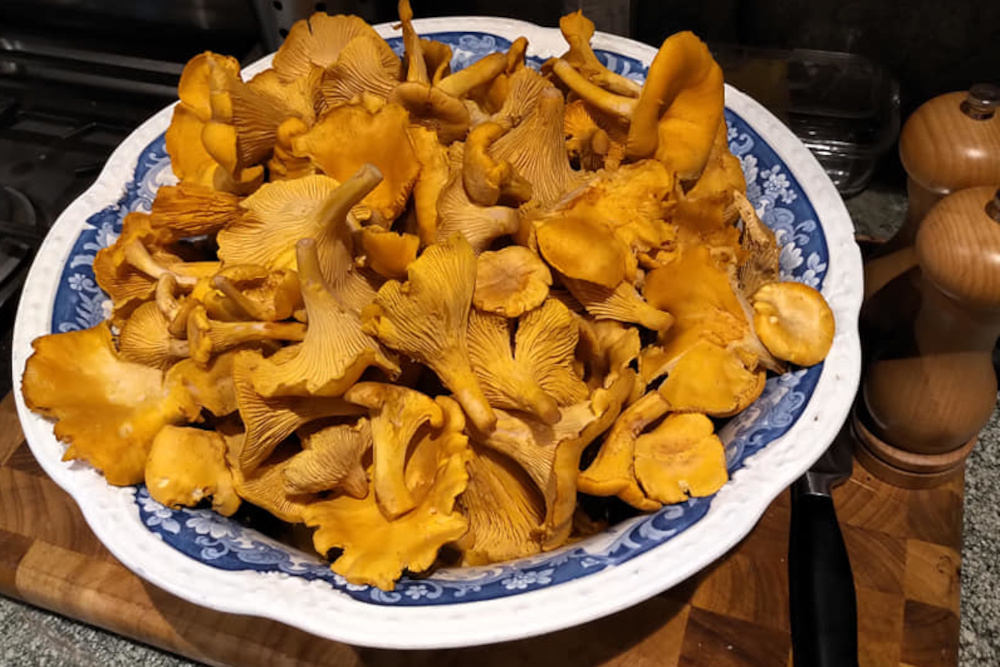
Foraging at Eagle Brae
We are very lucky at Eagle Brae when it comes to things to hunt out when you are foraging. Nearby, you will be able to find:
Blackthorn – sloe berries perfect for sloe gin
Elderberries – very tasty in jellies
Elderflowers – for elderflower cordial and wine
Rowan berries – again, great for jellies
Blaeberries – also known as bilberries or blueberries and are best eaten fresh or baked in a pie
Nettles – great for nettle soup
Wild raspberries – very tasty fresh or made into a puree for drizzling over ice cream
Blackberries – delicious fresh or in pies and crumbles
And there’s a whole host of mushrooms to be found:
Chantarelle, Birch bolete, Cep, Scarletina bolete, Hedgehog fungi, Cauliflower fungi, Chicken of the woods, Chaga.
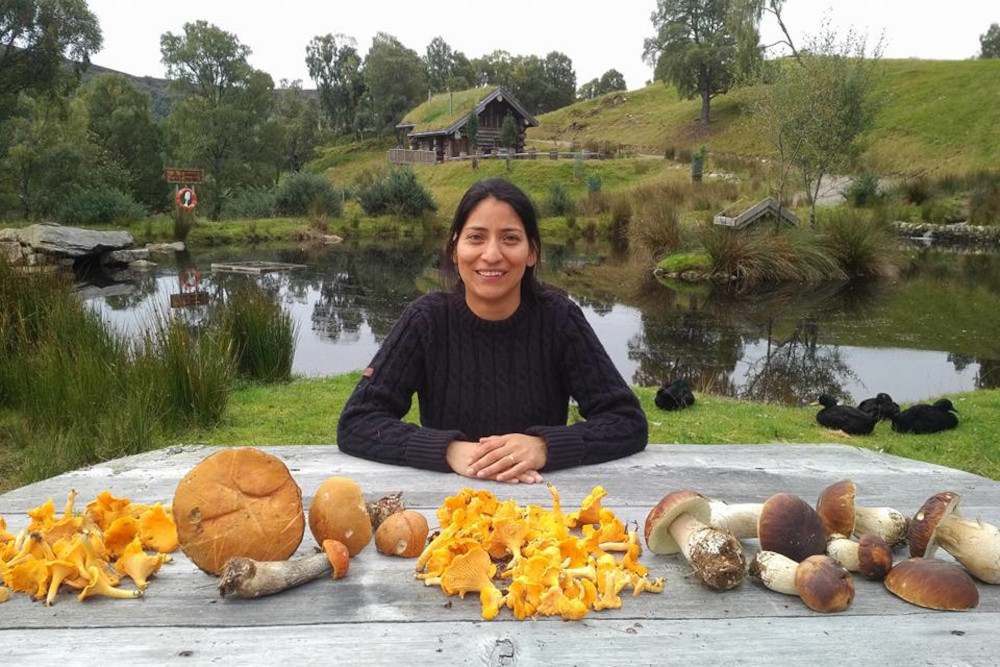
Eagle Brae in the Scottish Highlands is the perfect place to stay for forays into foraging. The walks around Struy offer the chance to explore the local flora and fauna. Have a chat with us when you arrive to find out the best places to go foraging.








